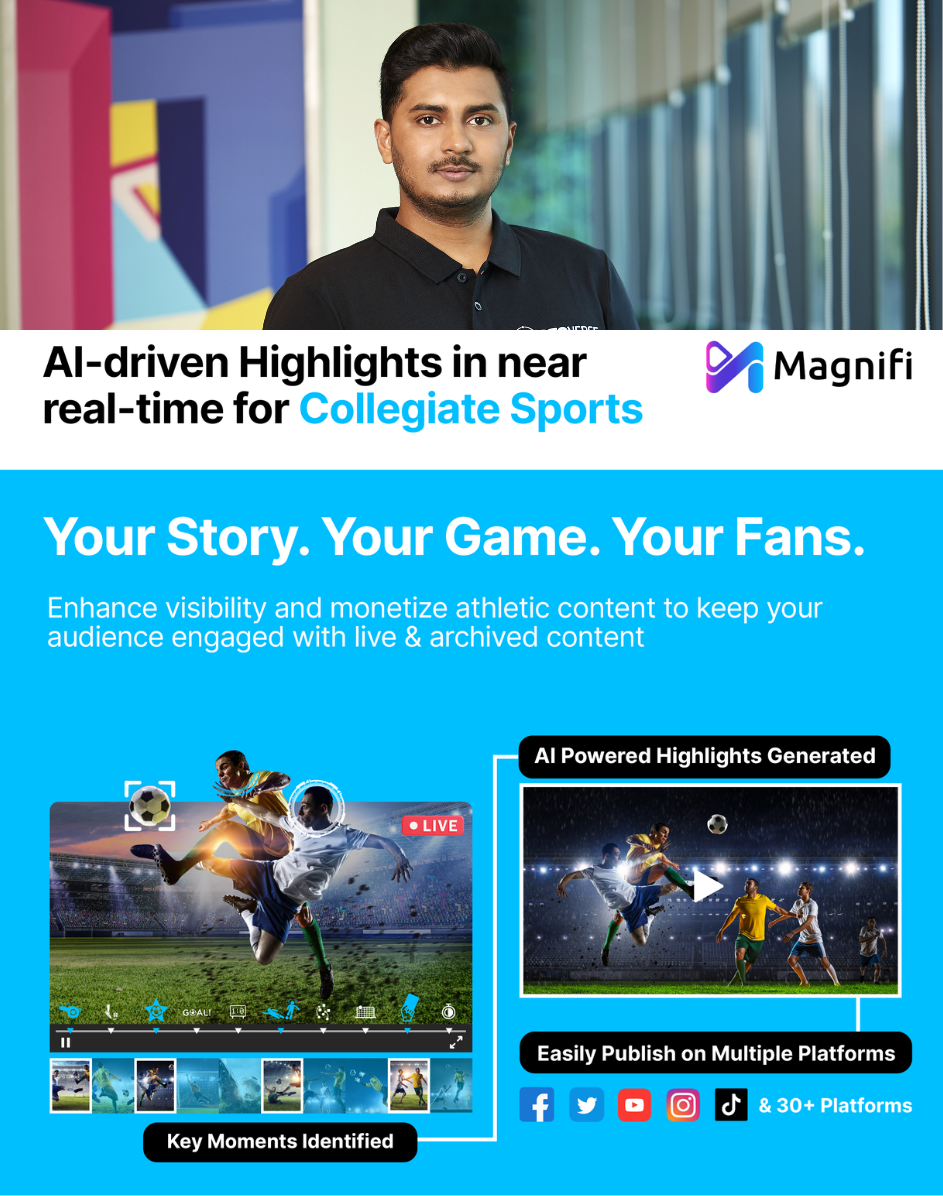Op-Ed: From NIL to AI: Navigating the New Playbook of College Football
Story Highlights
College football is one of the most lucrative sports, generating the bulk of revenue for athletic programs and often creating winning scenarios for everyone involved, except the players.
 The argument against any form of payment or profiteering for “student-athletes” was historically based on the fact they were exactly that: “students” first, and then “athletes” second. In other words, amateurs who were already receiving extensive benefits in the form of free education, room and board, and state-of-the-art training facilities.
The argument against any form of payment or profiteering for “student-athletes” was historically based on the fact they were exactly that: “students” first, and then “athletes” second. In other words, amateurs who were already receiving extensive benefits in the form of free education, room and board, and state-of-the-art training facilities.
Two landmark developments have dramatically –and permanently– altered the traditional college football landscape: the NCAA’s Name, Image, and Likeness (NIL) policy, which allows any college athlete to finally profit from the use of their personal brand, and the emergence of easy-to-use, high-quality content creation and video editing tools based on Artificial Intelligence (AI) technology.
Although the advent of NIL has created some controversy, such as whether recruiting has basically devolved into pay-for-play, it is here to stay. Stakeholders who want to succeed in football, including coaches, players, and athletic programs, must continue to adapt to maintain a competitive advantage. One avenue for doing that is AI-based video editing.
The athletic and financial success of a college football player hinges on their visibility, which is enhanced through on-the-field highlights. Stars who build a following and a brand through extensive highlights will attract more NIL deals, as the world saw with last year’s Heisman Trophy winner, Caleb Williams. The University of Southern California quarterback had a slate of jaw-dropping highlights, which helped him land NIL deals with brands such as Wendy’s, Nissan, Dr. Pepper, and Postmates.
However, not every college football player is a generational talent like Williams; one who warrants the investment in generating significant content. Also, not every school has the resources for content creation at a high level. This is where AI-based video editors can level the playing field, so to speak. With the aid of these solutions, a college’s athletic department can produce significantly more highlights of all its contributing players. They just need to input a relevant meta-tag, such as “reception” or “tackle,” and filter by player name. The solution then auto-generates a clip of the given action in less than a minute. Now, athletic departments can cater to fan demand for highlights of all their favorite players.
Dennis Trapani, the Associate Athletics Director of Creatives Services at University of Wyoming Athletics, gave high praise to Magnifi, one of the leading AI-based video editors.
“I find the Magnifi AI to be very accurate at clipping plays and tagging them,” Trapani said. “It has saved our staff a lot of work when it comes to creating highlight reels after football games.”
This ability to save time while efficiently producing content is even more valuable during peak periods, such as the annual bowl season. For example, in the Mountain West Conference (MWC), which is a client of Magnifi, four teams have already secured bowl eligibility and another four remain in the hunt. When the MWC teams play their bowl games, the use of an AI video editor will enable them to pump out more highlights, faster, at a time when fan interest is at its highest (fans often treat each bowl game as the team’s “championship game” of sorts). These tools are crucial to increasing viewership, satisfying sponsors, and most crucially, generating revenue.
Just as AI is changing nearly every aspect of work and daily life, NIL has changed college football. Recruiting was traditionally done on the basis of a program’s overall success, a coach’s “scheme” for a player, a school’s academic and extracurricular offerings, and other similar offerings. Now coaches are shifting gears, recruiting athletes on the basis of how many deals they can secure, often through the school’s professional network, powerful boosters, or even official NIL funds.
NIL was a landmark change for players, who could finally begin to maximize their earning opportunities in a sport where the chances of professional success (either in America’s NFL or Canada’s CFL) are low and careers are often short-lived due to the sport’s physically demanding nature.
Even if a conference or school chooses not to adopt AI-based innovations, the tools are easy enough to use that the players can take the initiative and make their own highlights. A defensive back, for example, could put together highlight videos of his own tackles, interceptions, and pass breakups.
This “do-it-yourself” ability is aligned with the spirit of NIL: Players can finally monetize their own brand, a principle that is indeed revolutionary but one that is being accelerated through technology.
